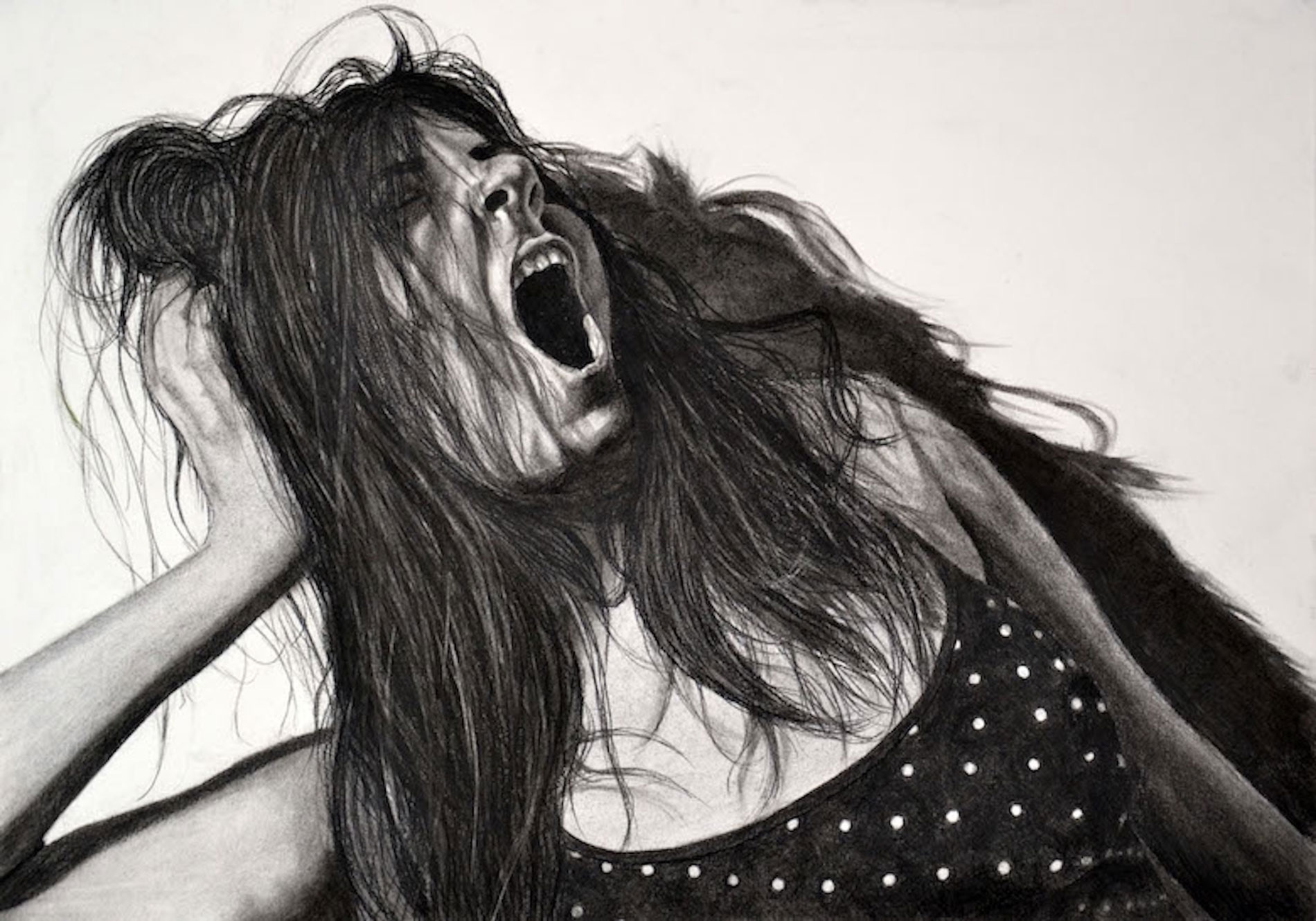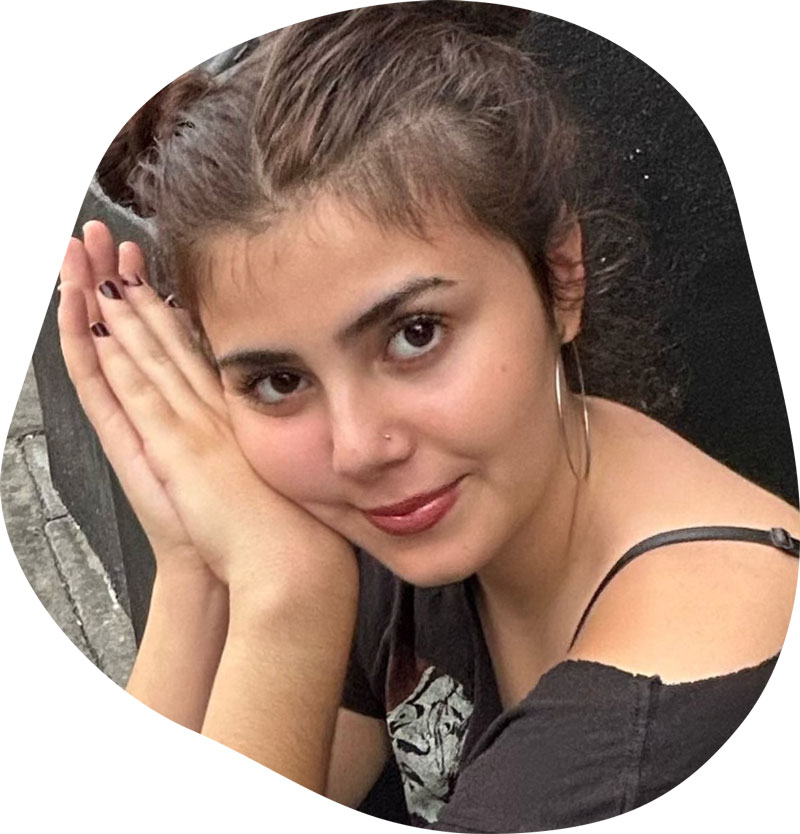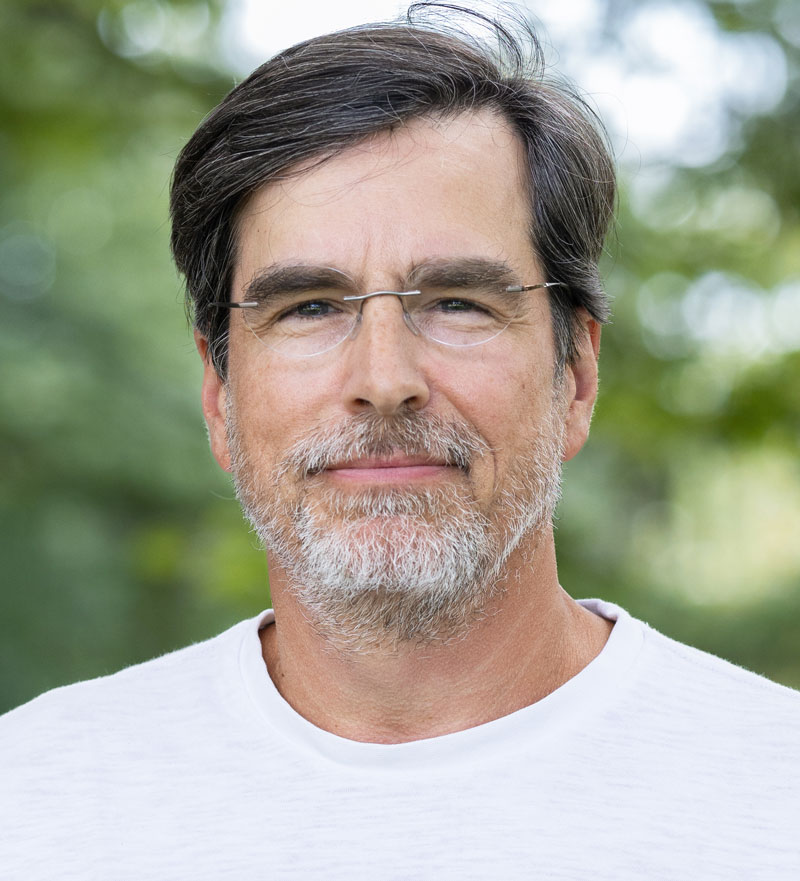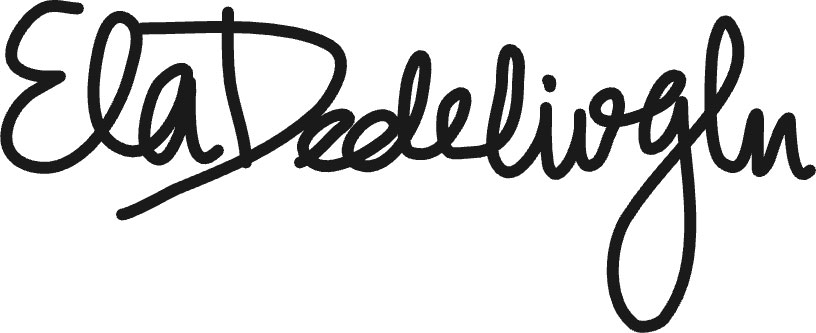

The Yawn

Height: 15" x Width: 21" | Material(s): Charcoal
Process(es): Extensive study of mark making, texture, and pattern | Idea(s): Self-portrait depicting my own raw sense of tiredness and vulnerability. | Curatorial Note: Great sense of expression and kinesics capturing the act of yawning.
Ela Dedelioglu
Student statement
Student statement


AP DRAWING
Hackley School
New York, NY, USA
Enrolled in Loyola University Chicago in Chicago Illinois
How did this artwork relate to your sustained investigation inquiry?
This piece relates to my sustained investigation inquiry, the feeling of exhaustion, as it is a self-portrait, showing me in that state. With my investigation, I wanted to uncover the intimacy and vulnerability in showing exhaust while simultaneously capturing the discomfort and inherent relief in yawning. This piece in particular is one of my most vulnerable pieces as it showcases myself in my most unguarded state.
Does your work reference or draw on a contemporary or historical artmaking style, practice, or tradition? If so, please explain.
Realism in portraiture has been practiced in art for centuries. I drew from this classic exploration of human expression in my own drawings as it helped me portray the rawness of a in subject's fatigued vulnerability.
How did you choose your inquiry?
Senior year proved to be a very overwhelming and exhausting time for myself and those who surrounded me. In response to this, I wanted my concentration to act as both a mirror and a release to this feeling, capturing this shared emotional weight in a way that was unconventional yet deeply authentic. My goal was to move away from traditional, polished portraiture and instead explore more atypical depictions that expose the inner struggles we so often suppress. By pushing beyond the surface, I hoped to create work that feels real, raw, and deeply human, reflecting not just individuals but the collective experience of vulnerability in exhaustion.

I am intrigued by the contorted shapes we spin ourselves into when the tension of fatigue is released in a yawn.
Describe how your inquiry evolved as your sustained investigation developed.
As I drew new pieces throughout the AP year, my inquiry grew more complex and dynamic in terms of my composition and a deeper exploration of my medium of choice: charcoal. My artistic curiosity developed and I considered how aspects of my pieces such as rich shadows and profound lights and darks furthered the emotion behind my art. With each new piece, I became more intentional in my artistic choices.
How did your art teacher support your artistic development?
My art teacher, Greg Cice, was crucial to my artistic development. Occasionally, illustrating charcoal portraits proved to be very difficult, and at times my pieces took a “trust the process” path, which tested my confidence. Mr. Cice was incredibly supportive and helped me uncover the dynamic nature of my concentration and pushed me out of my artistic comfort zone. He also taught me to harness many artistic techniques, such as foreshortening and proper shading, that lay the foundations in drawing.
What is your advice to other AP Art and Design students?
My advice to other AP Art and Design students is to choose a concentration that challenges you, one that at times may seem too difficult, but the harder you work and the more you practice, the more confident you become in yourself and your artistic skills. Also, an artist's medium choice is a very crucial part of their artwork. Choose a medium that conveys the meaning and emotion behind your piece or work with many mediums that you feel supports your artistic expression best.

Greg Cice
Arts Department Chair
Hackley School, New York, NY, USA
Teacher statement
Teacher statement
The AP Art and Design course supports inquiry-based personalized learning in the sustained investigation portfolio component. What strategies helped you guide students through inquiry?
Art is understood and approached as a journey in our Hilltop studios, and Ela’s willingness to travel any distance, search any direction, explore the unfamiliar to discover the unexpected, defined both her time in our program and her senior portfolio. All journeys involve an element of risk. Ela embraced the risks inherent in her creative journey—cheerfully wrestling with the formal, conceptual, and technical challenges that arose week to week. There was, in fact, an element of joy to Ela’s process, an openness and excitement to her practice that helped inspire and propel her and her peers’ portfolios forward. She was an outstanding example of what I often remind my students: that the creative process can be as fun as it is hard, as playful as it is serious, and as intuitive as it is intellectual.
How did you support skill development AND inquiry in the AP Art and Design curriculum?
Ela’s sustained investigation drawings explore an essential yet often missing component of life as a high school senior: sleep, or more precisely that universal expression of the need for it—the yawn. I worked with Ela to build her skills and confidence in the studio so that she could investigate increasingly more complex problems in her inquiry. Ultimately, she came to reconsider and understand exhaustion as more than just a deficit and frustration. The subjects in her drawings seem to celebrate fatigue—gesturing unselfconsciously like children, clowning like comedians, or as in the work selected for this show, singing like an operatic soprano. Humor found its way gradually into Ela’s vision, and once discovered, it consistently informed her decision-making formally and conceptually.
How did you structure practice, experimentation, and revision into your AP Art and Design curriculum?
I particularly enjoyed watching Ela develop as a creative thinker. She’s always been a confident drawer with uncompromising technical standards, and I challenged Ela to be more than just “a good tool in hand.” Through frequent conversation and reflection, design reviews and regular studio critiques, as well as revisions to writing prompts and exercises, Ela’s vision expanded, and her imagination deepened. Small pictorial details that went unnoticed in early pieces became expressive opportunities later: the squint of an eye, scrunch of a nostril, a bird nest of hair—seemingly inane and innocuous gestures—eventually found a clear and meaningful voice in her compositions.
What did you learn from working with your student?
One of the joys of teaching AP Art and Design over the years has been guiding young artists to discover the extraordinary in the ordinary. Ela's AP journey, like that of so many of my students, teaches me there is always more to discover and learn.

Andy King
Director of the Upper School
Hackley School, New York, NY, USA
Leader statement
Leader statement
What are you most proud of regarding your school’s AP Art and Design program, student, and teacher?
Our school's broad institutional support for visual arts is especially evident in the opening of an exceptional new building that houses visual arts, performing arts, and computer science. In my role as director of the Upper School, I have the chance to speak often with current and prospective students and families about our amazing visual arts program and to encourage them to take one or more of the rich course offerings. As I circulate through the school during my workday, I am a regular visitor to the various art studios. When I visit, I praise the students and ask them to tell me about their work. I enjoy these visits, especially hearing the students talk about their techniques, decisions, and inspiration. I hope my presence and engagement with our Visual Arts Department in the Upper School contributes to our students and teachers feeling supported and encouraged.
What do you do to support visual arts programming in your school?
I am proud of our school's commitment to the arts and to our artists. I include in the word "artists" both our students and our faculty members, since our teachers are themselves working artists. Our students produce exceptional art because they commit to the creative process and engage with the thoughtful and expert instruction provided by our teachers. Greg Cice, our Visual Arts Department chair, has been an extraordinary architect of our program. We are fortunate to have such a talented faculty who inspire our artists, whether they begin in kindergarten or join us in Upper School. Ela, the Hackley student featured here, came to Hackley in ninth grade, taking art classes each of her four years. Within a very strong cohort of seniors in her AP Studio Art class, Ela was a standout. Anytime I visited the studio and saw Ela in action, she spoke about her work with passion. Her portfolio was one of the exhibits that stopped people in their tracks at our annual year-end AP Art Show.
What is your advice to other school leaders on how to support an AP Art and Design program?
Encourage your teachers to visit other schools with AP Art programs, whether you are starting a program or looking to nourish the growth of your program. Look for ways to showcase student artwork, whether in hallway displays, art shows, or at admissions events. Make sure visual arts has a high profile at your school.

Ela Dedelioglu

